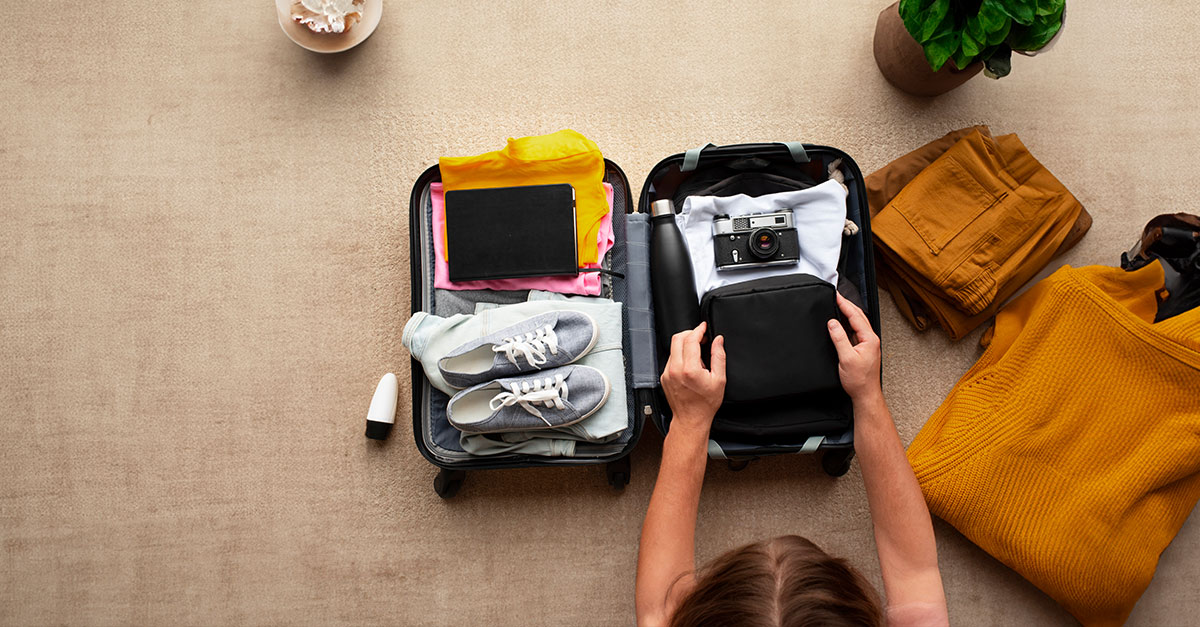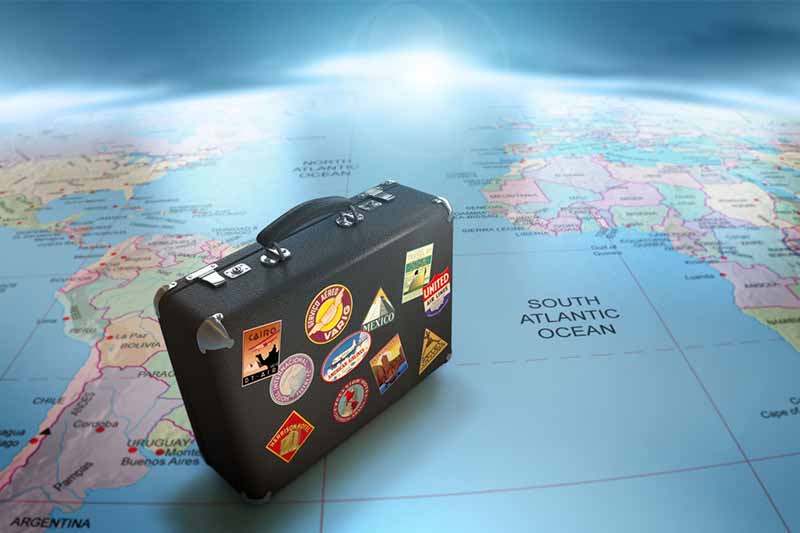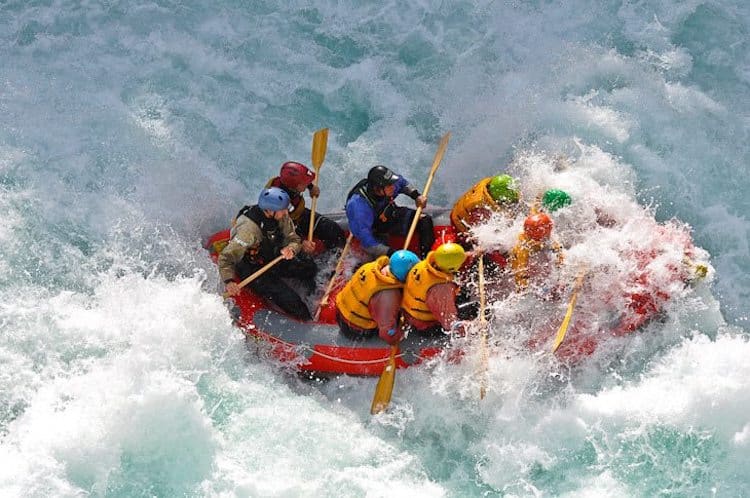Packing for a trip can often feel like a daunting task. Whether you’re traveling for business, leisure, or an adventurous getaway, the goal is always to pack efficiently and effectively without overloading your luggage. Packing smart not only saves you time and stress but also ensures that you’re well-prepared for any situation that may arise during your travels. In this article, we will dive into the must-have packing tips that every traveler should know to make their trip more enjoyable, comfortable, and hassle-free.
Why Is Packing Important?
Packing is more than just throwing clothes and toiletries into a bag. It plays a crucial role in how smoothly your travel experience will unfold. A well-packed bag allows you to travel more comfortably, saves you time searching for essential items, and even helps you avoid extra baggage fees by minimizing your load. Additionally, packing efficiently ensures that you have everything you need while avoiding excess baggage that could make your travel more stressful.
How Do You Pack Efficiently?
Start with a Packing List
One of the first steps to packing effectively is creating a packing list. This helps you organize your thoughts, reduce the likelihood of forgetting essential items, and keep your luggage under control. You can categorize your packing list based on the type of trip you’re taking, the duration, and any specific activities planned.
Basic categories for a packing list include:
- Clothing: Think about weather, activities, and how many days you’re traveling.
- Toiletries: Remember all the basics—shampoo, soap, toothpaste, etc.
- Electronics: Don’t forget your phone, charger, power bank, camera, or laptop.
- Travel Documents: Passport, tickets, travel insurance, and itinerary.
- Health and Safety: Medications, hand sanitizer, masks (if required), and first-aid items.
- Accessories: Sunglasses, hats, belts, scarves, and jewelry.
- Miscellaneous: A notebook, pen, books, or any other items you can’t live without.
Creating this list ahead of time ensures that you don’t miss anything and helps keep your packing process organized.
Choose the Right Luggage
The type of luggage you use will greatly impact how easy it is to pack and transport your belongings. Consider your destination, the length of your trip, and your travel preferences when selecting luggage.
- Carry-On Bag: Ideal for short trips (typically 3-5 days), a carry-on allows you to avoid checked baggage fees and skip waiting at the baggage claim.
- Checked Luggage: If you’re traveling for a longer period, or with more bulky items, checked luggage is necessary. Ensure that your suitcase meets the airline’s size and weight restrictions.
- Backpacks and Duffel Bags: These are excellent choices for active trips or if you’re planning to explore multiple locations on foot. They’re often more versatile and easier to move through busy airports or public transport.
Tip: Stick to lightweight luggage to avoid overpacking and make your travel easier.
Roll, Don’t Fold
One of the most efficient packing techniques to save space and minimize wrinkles is rolling your clothes instead of folding them. Rolling your garments helps you fit more in your bag, keeps items organized, and minimizes creases.
- How to Roll Clothes: Lay your clothing flat, fold it in half (lengthwise), then roll tightly from one end to the other. For added protection, you can place rolled clothes inside packing cubes for better organization and compression.
Rolling works best for items like t-shirts, pants, and casual dresses, but delicate fabrics like silk or wool should be folded traditionally to avoid damage.
Use Packing Cubes
Packing cubes are a game-changer when it comes to organizing your luggage. These small, zippered bags help compartmentalize your clothes, shoes, and toiletries, making it easier to find what you need without unpacking everything. Plus, they save space by compressing your clothing, allowing you to maximize every inch of your luggage.
There are packing cubes available in various sizes for different purposes:
- Clothing cubes: Great for packing shirts, pants, and jackets.
- Shoe bags: Keep your shoes separated and protected from your clothes.
- Toiletry bags: Store your liquids and cosmetics in a TSA-approved container.
- Laundry bags: Keep dirty laundry separate from clean items.
Limit Shoes and Heavy Items
Shoes tend to take up a lot of space in your luggage, so it’s important to pack wisely. Stick to versatile, comfortable shoes that can be worn for different occasions. For instance, a pair of sneakers for walking, sandals for warm climates, and perhaps a pair of dress shoes or boots if necessary.
Avoid packing heavy items unless absolutely essential. Bulky jackets, boots, or a heavy hairdryer can be replaced with lighter alternatives or purchased at your destination if needed.
Tip: Use the empty space inside shoes to store socks, jewelry, or small items like chargers to save space.
Prepare for the Weather and Activities
One of the key elements of smart packing is considering the weather and planned activities during your trip. Be prepared for unexpected weather changes by packing items that are both versatile and practical.
- Check the forecast: Make sure to check the weather for the destination a few days before departure so you can pack appropriately. If you’re visiting a cold destination, pack a lightweight jacket that can easily be layered with sweaters.
- Layering is key: Packing layers gives you flexibility. You can add or remove clothing depending on the temperature. Think t-shirts, cardigans, sweaters, and scarves to mix and match.
- Special Activities: If your trip includes specific activities (like hiking, swimming, or formal events), pack accordingly. Don’t forget any gear or clothing specific to those activities, such as hiking boots, swimwear, or formal shoes.
Don’t Forget Travel Essentials
There are a few travel essentials that everyone should have on hand, regardless of where they’re going. These items will ensure a smoother journey and help you deal with any hiccups along the way.
- Travel Documents: Always have your passport, visa (if applicable), boarding passes, travel insurance, and emergency contact information in an easily accessible place.
- Medications: Make sure you have any necessary medications, especially for chronic conditions. Carry them in their original packaging and bring copies of your prescriptions in case of an emergency.
- Snacks and Water: Long flights or road trips can be exhausting, so bring snacks like granola bars, nuts, or dried fruit. Also, pack an empty water bottle to fill up after passing through security.
- Portable Charger: Your phone or camera will run out of battery at some point, especially on long travel days. A portable charger can be a lifesaver.
- Hand Sanitizer and Wipes: Hygiene is essential, especially while traveling in public spaces. Keep hand sanitizer and disinfecting wipes in your bag for quick cleanups.
How Do You Avoid Overpacking?
Overpacking is a common mistake among travelers. While it’s tempting to bring everything you think you might need, overstuffed bags can be stressful to carry and often lead to unnecessary baggage fees. Here are some tips to avoid packing too much:
Pack Versatile Items
Opt for versatile clothing items that can serve multiple purposes. For instance, a neutral-colored cardigan can be worn with both casual and formal outfits. A pair of black pants can go from day-to-night with a quick change of accessories. Choose items that can be easily mixed and matched to maximize your options.
Pack for the Destination, Not the What-Ifs
Many travelers tend to overpack by imagining various “what-if” scenarios. For example, they might pack a heavy coat, just in case it gets cold, even though the weather forecast predicts warmth. Be realistic about what you’ll actually use and pack based on the actual conditions of your destination, not on every possible scenario.
Keep Your Bag’s Weight in Check
Before you finalize your packing, check the weight of your luggage to avoid exceeding airline limits. If your bag feels too heavy, remove any non-essential items. Also, consider weighing your luggage at home to ensure it’s within the allowable weight range.
Use a Capsule Wardrobe
A capsule wardrobe consists of a small collection of clothing items that can be mixed and matched to create various outfits. This concept works wonders when packing for any trip. By sticking to neutral colors and layering, you can create multiple looks without needing to pack excessive clothing.
Conclusion
Packing can be a stress-free and even enjoyable process with the right approach. By following these essential packing tips, you can streamline your luggage, save time, and ensure that you have everything you need for your travels. Remember to start with a packing list, choose the right luggage, pack efficiently by rolling clothes and using packing cubes, and consider the destination’s weather and activities. With these tips, you’ll be ready to embark on your next adventure with ease and confidence. Happy travels!




